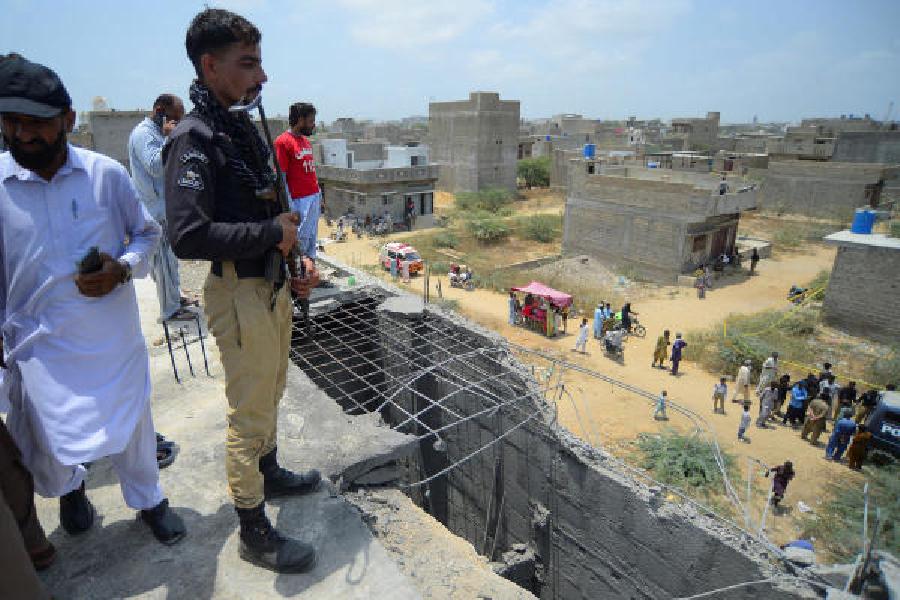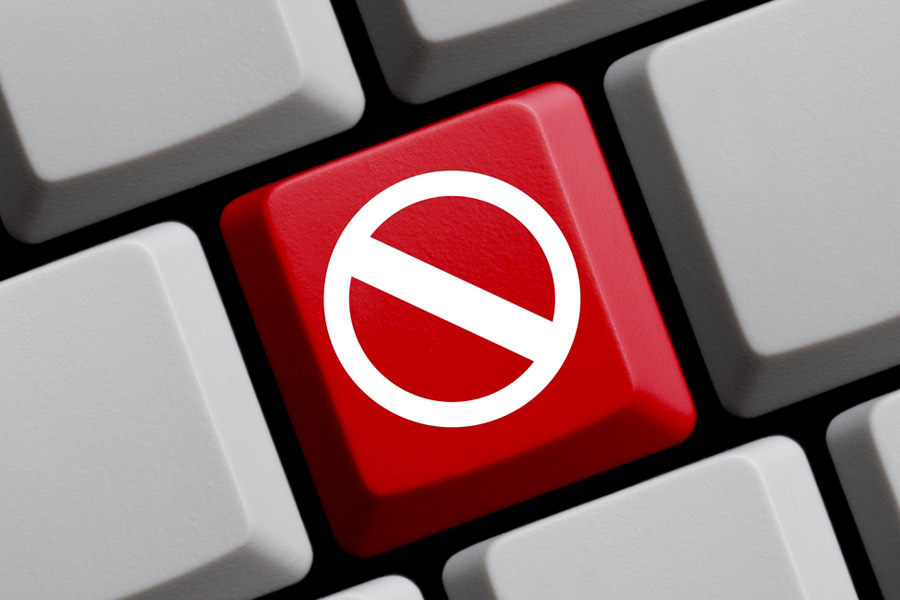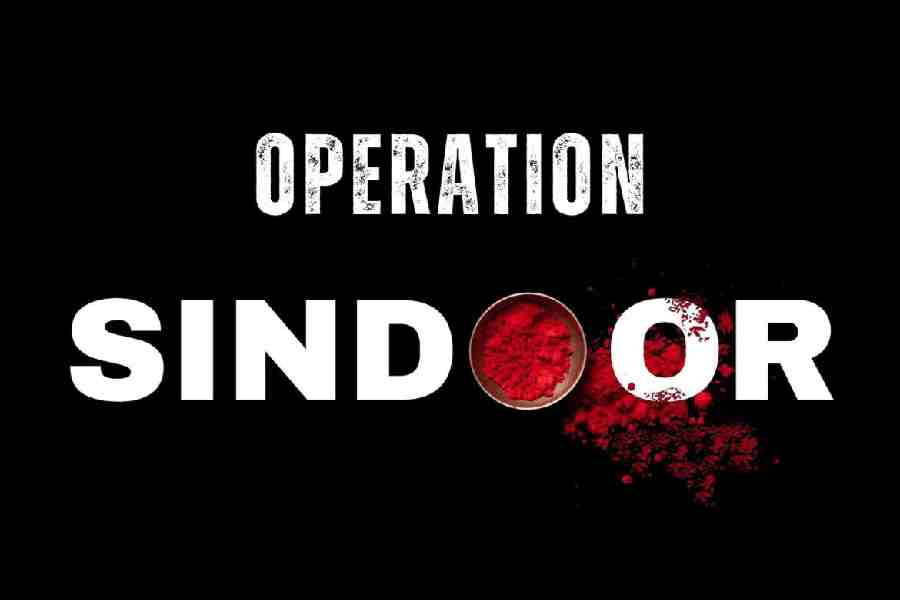 |
| Deepika Padukone’s washboard abs! |
I find popular training literature swimming with misinformation and myths with regard to abdominal wall training. I wish I had a penny for every time a client has expressed to me his or her wish to develop the coveted six-pack. Fitness enthusiasts want the beauty of a washboard abdomen. This goal drives them to perform a tremendous amount of abdominal exercises, sometimes using faulty movement patterns and sometimes to the neglect of other body parts resulting in muscle imbalance and ultimately injury and pain.
In today’s industrialised world, more than ever, people earn their living in seated workstations. Prolonged seating encourages flexion of the lumbar spine and causes the back muscles to go weak. If you combine strong abdominals with a weak back, you have a muscle imbalance. The result is that your beautifully sculpted abdominals are not being adequately counterbalanced by your back, which facilitates a flexed posture and back pain.
ABDOMINAL TRAINING MYTHS
Myth 1: Abdominal exercises reduce your midsection
I wish this was the truth! But alas, there is no direct metabolic pathway from the muscle cells of your midsection to the fat cells surrounding them. This means that the energy needed to do abdominal exercises does not necessarily directly come from the fat cells stored in your tummy area.
For the abdominal muscles to burn the stored fat in the abdominal area, it must first send it to the liver which converts this fat into fatty acids and sends it back to the abdominal muscles to be used as fuel. Unfortunately, the fuel that you may use for the chosen abdominal exercise may not be from this region at all. Don’t be surprised if it comes from a remote area like, say, from the fat stores in your arms or even chest! The reality is that your body uses its fat stores such that the last place that you added fat is the first place you will lose it from. Ironically, the opposite is also true — that the first place to store is also, regrettably, the last area to lose fat.
This is genetically determined and influenced by such factors such as age, sex and hormonal balance. For example, the females in one family may tend to store fat in their thighs and the males on their waist.
Myth 2: Train the abdominals daily
Like any other muscle in the human body, the abdominals are also prone to strains, poor performance and overuse leading to adaptive shortening from repeated micro trauma. Adaptive shortening of the abdominals can disturb the normal respiratory excursion of the ribs, increase the load on the accessory respiratory muscles and encourage poor posture.
However, different parts of the abdominals can be trained on successive days — upper abdominals one day, obliques the next day, followed by lower abdominals the day after.
Myth 3: There is no such thing as the lower abdominals
I have heard trainers telling their clients that there is no such thing as the lower abdominals as the rectus abdominis is a continuous sheath of longitudinal muscle. I would refer here to the book Body Mechanics in Health and Disease, written by Joel E. Goldthwait as far back as 1934, which clearly documents the separation of the upper and lower abdominals. According to Goldthwait, the rectus abdominis has been innervated by eight sources, with distinct separate innervations for the area below the umbilicus. This clearly indicates that the lower abdominals ‘have a mind of their own’ so to speak, and can be both recruited and trained separately and in isolation. I have observed many clients with a well-conditioned upper abdominal wall; yet, they display poor tone and a “pouch” below the navel. This is particularly common in females after Caesarean section or a hysterectomy.
Myth 4: Doing cardio will burn away belly fat
As a trainer, I would reckon about 75-80 per cent of the questions I get concern how to get rid of the “stubborn lower abdominal fat” and almost half of them have been advised to do cardio to burn that fat. Now, I abhor cardio. Cardio is unnecessary, unwanted and even harmful. Did you know that if you perform anything above 20 minutes of slow and steady cardio day after day over time, it can actually make you GAIN fat around your belly, your thighs and your legs?
It may be hard to believe, but studies are now showing that people who perform long bouts of chronic cardio suffer from decreased thyroid function, release more of the stress hormone cortisol and suffer more musculo-skeletal damage. Now here’s the scariest part — when your heart is overworked with old-school cardio, it can do more harm than good.
Effects of abdominal muscle imbalances include...
Forward head position
Depressed chest
Narrowed sternocoastal angle
Altered respiratory of the ribs and diaphragm (subjects do not breathe freely from the abdomen but become reliant on the upper chest and scalene muscles)
Rounded middle back (thoracic kyphosis). Also known as the dowager’s hump
Ro ad to recovery
Start with the deepest layer first
Instead of beginning abdominal training with a basic curl-up or crunching movement, first learn to recruit the deeper fibres of the abdominal wall. The deepest muscle in the abdominal wall is called the transverse abdominis and it lies below the internal obliques. The most superficial muscle is the rectus abdominis and this is the six-pack that shows through in individuals with very low body fat. Below the rectus abdominis lie the external obliques followed by the internal obliques and finally the TVA (transverse abdominis). Just drawing in your belly button recruits the TVA to fire. (In the second part of this article that will follow, I have described the methods to train the TVA.)
Abs are made in the kitchen
You may have a great set of abdominal muscles hidden below a layer of adipose. Unless you lose the superficial fat on top, the abs will not show through. Research correlates belly fat with consumption of foods that elicit a huge insulin response, ie, foods that are high in their Glycemic Index (GI), which is a measure of how quickly blood glucose levels (blood sugar) rise after eating a particular type of food. Glucose (the defining standard) has a Glycemic Index of 100. The effects that different foods have on blood glucose levels vary considerably. The Glycemic Index estimates how much each gram of available carbohydrate (total carbohydrate minus fibre) in a food raises a person’s blood glucose level following consumption of the food, relative to consumption of pure glucose. (Source: Wikipedia.)
Foods that are high in GI like white bread, white rice, cornflakes, potatoes and muffins cause an insulin rush and encourage storage of fat around the belly.
Train with intensity
Contrary to what you have been told, long and tedious cardio is NOT the way to burn off belly fat. Instead, choose exercises that are intense in nature and can be performed only for a minute or two before you are forced to stop involuntarily, ie, you fatigue to the point of failure. Rest for a second or two and then repeat again five to six times. These exercises could be either done free-hand (without weights) like burpees, box shuffles, mountain-climbers or with equipment, for example, suspension band inverted rows, kettlebell swings, deadlifts, squats etc. You can even combine one or more exercises working for three-five minutes at a stretch.
Send your fitness queries for Ranadeep to t2@abp.in










